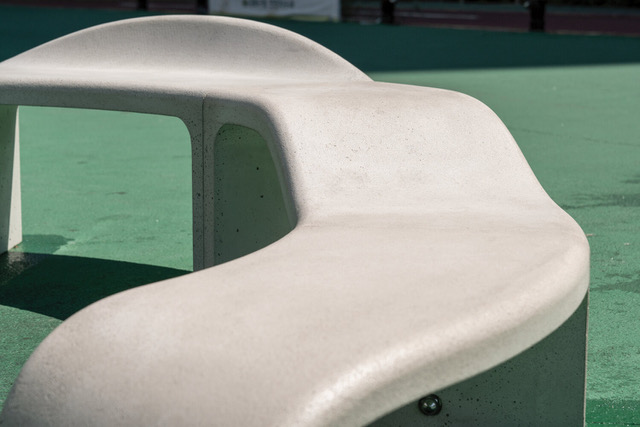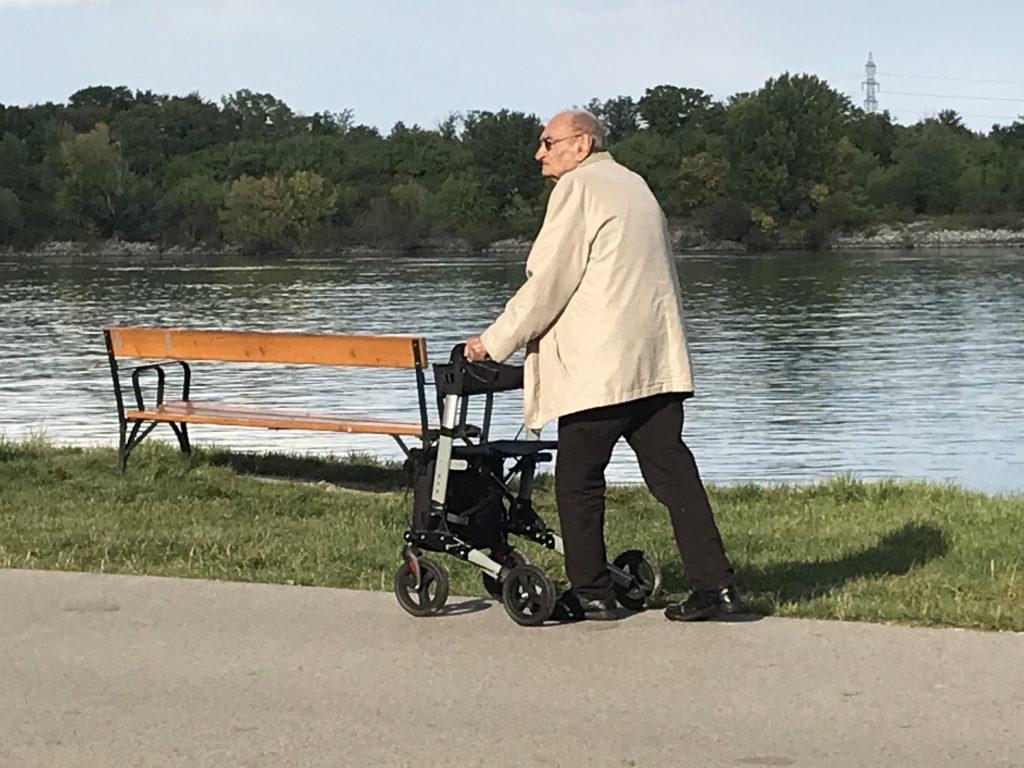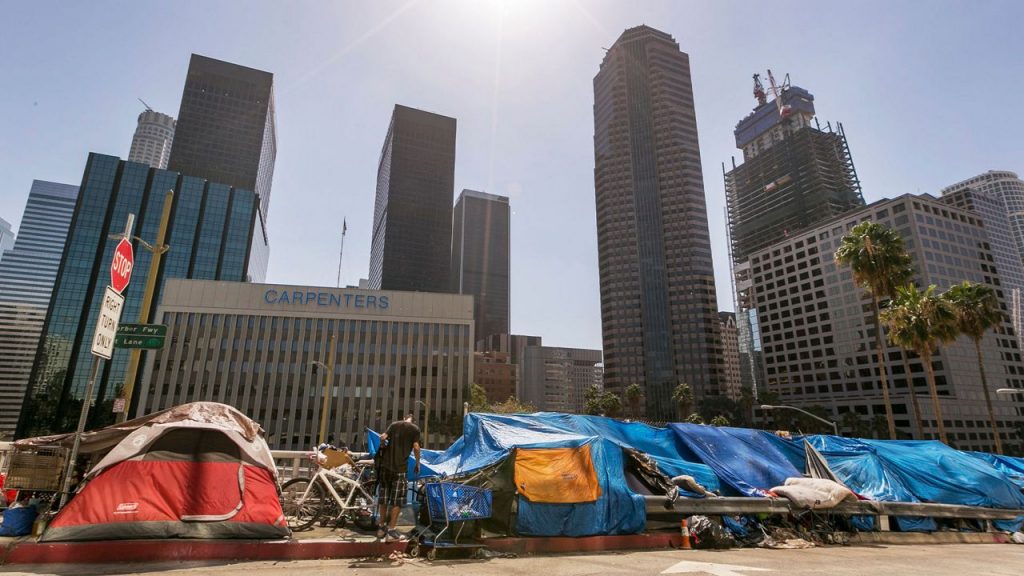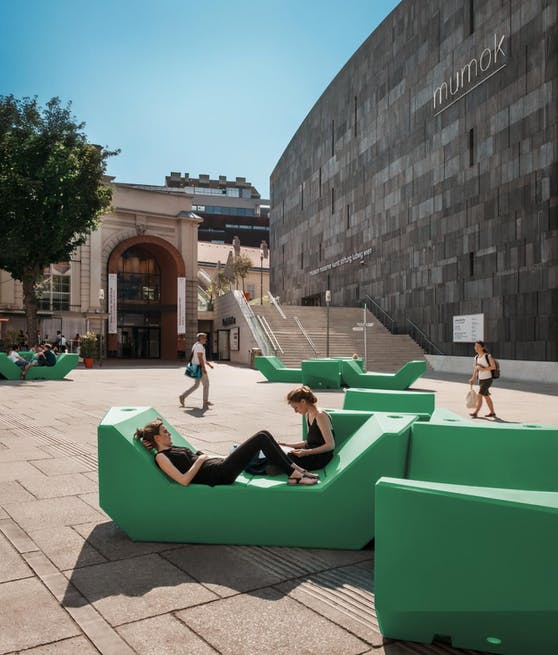Lately, a young designer with a bachelor’s degree from Parsons School of Design approached me with his design for a bench for a design competition for better public spaces. After having asked a few questions, it became clear that sitting a bit longer on this bench, or lying on it to have a nap, was made intentionally painful by the designer: the contortions of the bench shape – its curvature and changing heights – limit sitting on it to just a few minutes, no more than half an hour. It is intentional that there is no backrest, and it is intentional that it is impossible to lie down on this bench. The reason: this bench is supposed to make public places, in the words of the designer, “homeless-free zones”.


The public space is, by definition, for the general public. Only in dictatorships, groups of people are excluded from participation. Also people with disabilities or the elderly might need to have a rest longer than a few minutes. In aging societies such as Japan or Korea, the majority of the public are senior citizens. In these societies, this bench excludes the majority.
A design which intentionally excludes particular members of society – in this case its most vulnerable groups – is anti-social and lacks respect for human beings. This kind of design has a name: hostile design. Aware of this, the young designer was proud to avoid obvious signs of hostility such as metal spikes, instead camouflaging its inhumane intent with rounded edges and curves.

Homeless people are among society’s most vulnerable groups. In Los Angeles, 16% of homeless have a physical disability, 22% have a mental illness, and 28% experienced domestic violence. Some 10% of homeless are veterans of the US armed forces. After serving their country, they often have physical disabilities and mental trauma from the battlefield.
People sleep on the street because they might have been driven out of their homes by domestic violence, or they might have lost their job and cannot any more afford ever-increasing rental prices. Once on the street, they are exposed to extreme weather and are defenseless against abuse and crime.

Nearly 50.000 people are homeless in Los Angeles, a city of 3.9 million. In comparison, only 100 people are homeless in Vienna, Austria, a city of 1.9 million people, half the population of Los Angeles.
Driving out the homeless through hostile design cannot work: also the homeless have to be somewhere. The solution to homelessness is simple: giving the homeless homes. In Vienna, several organizations exist to help the homeless and other vulnerable groups. Homelessness is a societal problem, and it is solved by social means.
